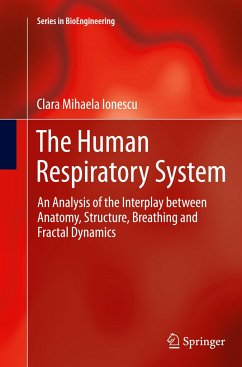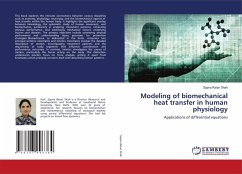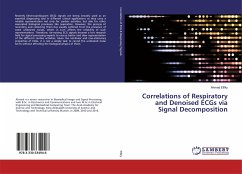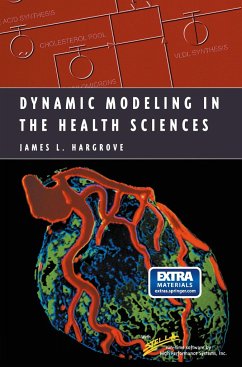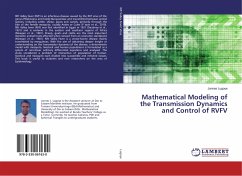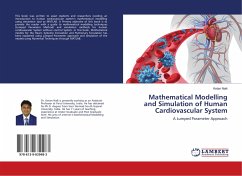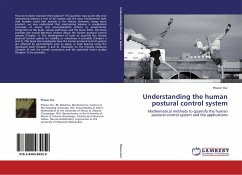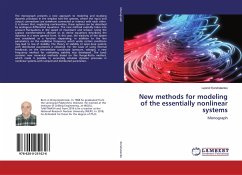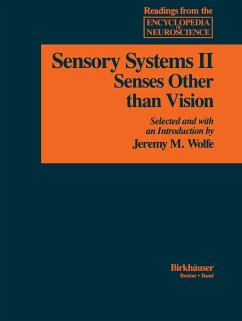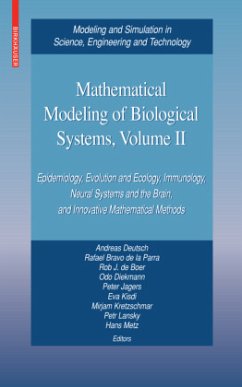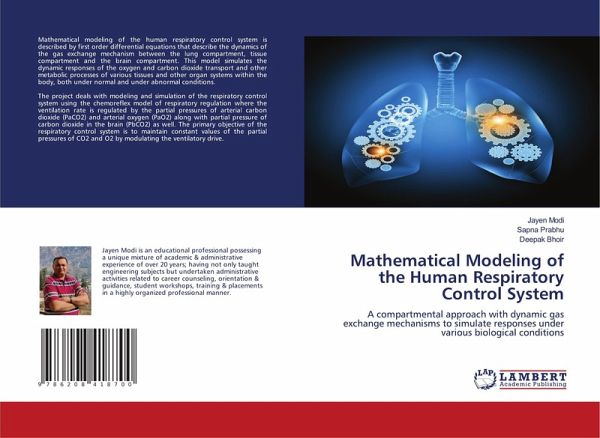
Mathematical Modeling of the Human Respiratory Control System
A compartmental approach with dynamic gas exchange mechanisms to simulate responses under various biological conditions
Versandkostenfrei!
Versandfertig in 6-10 Tagen
29,99 €
inkl. MwSt.

PAYBACK Punkte
15 °P sammeln!
Mathematical modeling of the human respiratory control system is described by first order differential equations that describe the dynamics of the gas exchange mechanism between the lung compartment, tissue compartment and the brain compartment. This model simulates the dynamic responses of the oxygen and carbon dioxide transport and other metabolic processes of various tissues and other organ systems within the body, both under normal and under abnormal conditions.The project deals with modeling and simulation of the respiratory control system using the chemoreflex model of respiratory regula...
Mathematical modeling of the human respiratory control system is described by first order differential equations that describe the dynamics of the gas exchange mechanism between the lung compartment, tissue compartment and the brain compartment. This model simulates the dynamic responses of the oxygen and carbon dioxide transport and other metabolic processes of various tissues and other organ systems within the body, both under normal and under abnormal conditions.The project deals with modeling and simulation of the respiratory control system using the chemoreflex model of respiratory regulation where the ventilation rate is regulated by the partial pressures of arterial carbon dioxide (PaCO2) and arterial oxygen (PaO2) along with partial pressure of carbon dioxide in the brain (PbCO2) as well. The primary objective of the respiratory control system is to maintain constant values of the partial pressures of CO2 and O2 by modulating the ventilatory drive.





